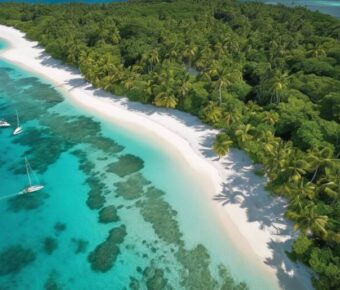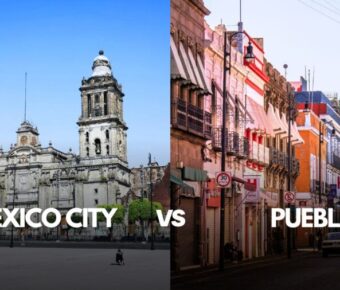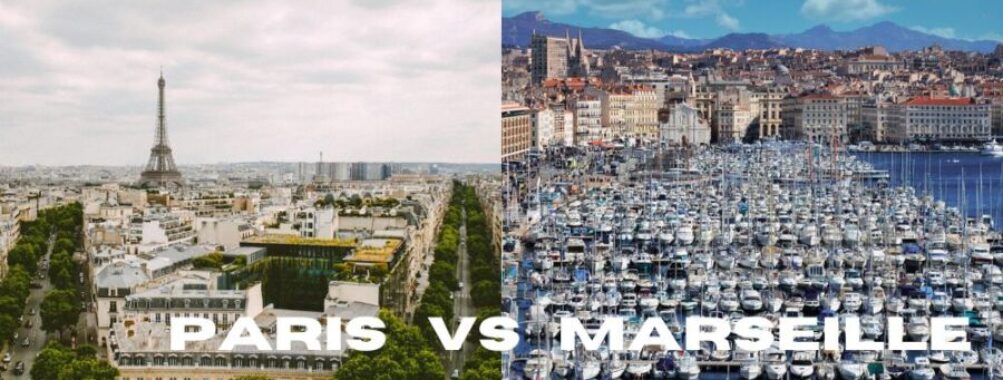
Paris vs Marseille: Which French City Offers the Best Cultural Experience in 2025?
Paris and Marseille stand as two of France’s most captivating cities, each with its own distinct personality. While Paris dazzles with iconic landmarks and refined culture, Marseille charms visitors with its Mediterranean spirit and rich maritime heritage. Between these two French gems, Paris tends to offer more famous attractions and better tourist infrastructure, while Marseille provides a more authentic French experience with fewer crowds and lower prices.
These cities showcase different sides of French life. Paris, with its 20 arrondissements, wraps visitors in elegance and history through the world-famous museums and hotels that line its streets. Meanwhile, Marseille brings a refreshing coastal vibe, where the stunning Calanques meet vibrant street culture and bustling markets.
Sports fans might recognize these cities from their fierce soccer rivalry between Paris Saint-Germain and Olympique de Marseille. This competition reflects a deeper cultural contrast – Paris represents metropolitan sophistication, while Marseille embodies Mediterranean warmth and grit.
Table of Contents
- Geographical Overview and Accessibility
- Paris: The City of Light
- Marseille: The Coastal Gem
- Comparing Regions and Accessibility
- Historical and Cultural Significance
- Paris: A Cultural Powerhouse
- Marseille: Blend of History and Multiculturalism
- Events and Cultural Celebrations
- Leisure and Entertainment
- Parisian Chic: Fashion and Shopping
- Marseille’s Vibrant Lifestyle: Sea and City
- Nightlife and Social Scenes
- Culinary Experiences
- Dining in Paris: Gourmet and Gastronomy
- Taste of Marseille: Seafood and Bouillabaisse
- Markets and Local Produce
- Sports and Fan Culture
- Football in Paris: The Glory of Paris Saint-Germain
- Marseille’s Passion for Olympique de Marseille
- Derby Matches and Rivalries
- Natural Landscapes and Outdoor Activities
- The Green Spaces of Paris
- Marseille: Between Sea and Calanques
- Adventures in Urban Nature
- Frequently Asked Questions
- What are the unique cultural differences between Paris and Marseille?
- How do the footballing styles of Paris Saint-Germain and Olympique de Marseille differ?
- What historical events have fueled the rivalry between PSG and Marseille?
- Can you highlight the differences in culinary experiences between Paris and Marseille?
- In terms of tourism, how do Paris and Marseille’s attractions and ambiance compare?
- What are the implications of Paris vs. Marseille matches for the standings in Ligue 1?
- Book Your Dream Experience
- More Travel Guides
Geographical Overview and Accessibility
Paris and Marseille sit at opposite ends of France, offering distinct geographical features that shape their character and appeal. The capital’s inland location contrasts sharply with Marseille’s Mediterranean setting, creating two unique urban experiences.
Paris: The City of Light

The Seine River winds through Paris, splitting it into the Right and Left Banks. This inland metropolis spans about 105 square kilometers, making it quite compact compared to other major capitals. The city sits in a basin surrounded by gentle hills, with Montmartre being the highest point at 130 meters.
The flat terrain makes walking and biking easy for tourists. Most famous landmarks cluster in the city center, within a 5-kilometer radius.
The city has excellent transport links. Three major airports serve Paris: Charles de Gaulle, Orly, and Beauvais. The TGV high-speed rail network connects Paris to all major French cities and nearby European capitals.
Marseille: The Coastal Gem
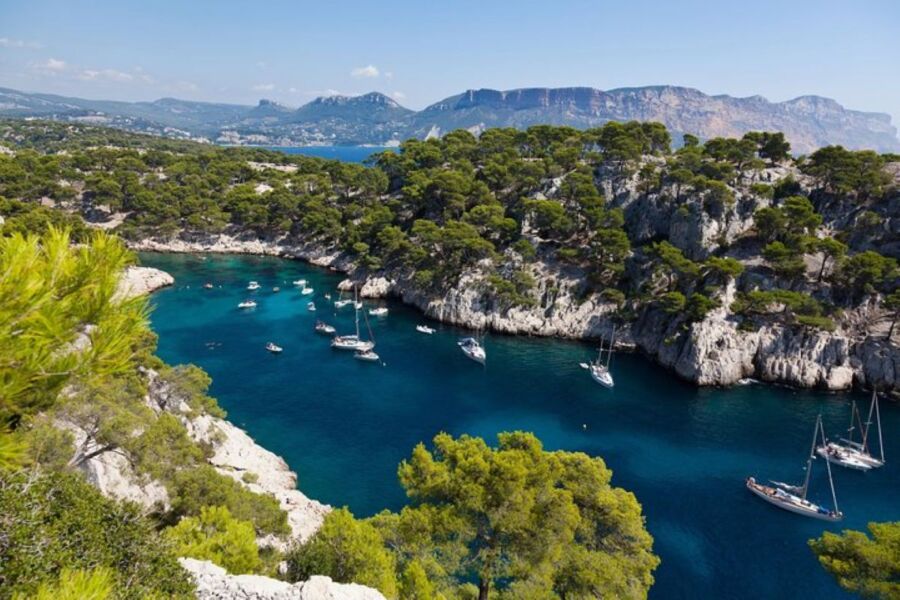
Marseille hugs the Mediterranean coast in southern France’s Provence region. The city spreads across 241 square kilometers of varied terrain, from rocky coastline to steep hills.
The stunning coastal activities define Marseille’s geography. The famous Calanques, limestone cliff formations with hidden beaches, stretch along the coast.
The Old Port sits at the heart of the city, with historic districts climbing the surrounding hills. The Notre-Dame de la Garde basilica stands on the highest point, offering panoramic views.
Comparing Regions and Accessibility
The two cities occupy vastly different climate zones. Paris experiences mild seasons with regular rainfall, while Marseille enjoys a Mediterranean climate with hot summers and mild winters.
Distance plays a big role in visiting both cities. They sit 776 kilometers apart, with a 3-hour journey by high-speed train between them.
Marseille’s main train station, Saint-Charles, connects to Paris and other major cities. The city also has an international airport and busy seaport, making it a key transport hub for southern France.
Each city’s layout affects how visitors move around. Paris has 20 numbered districts in a spiral pattern, while Marseille spreads across 16 districts in a less organized way.
Historical and Cultural Significance
The stark differences between Paris and Marseille stem from centuries of unique development, with each city carving its own distinct identity through art, architecture, and social dynamics.
Paris: A Cultural Powerhouse
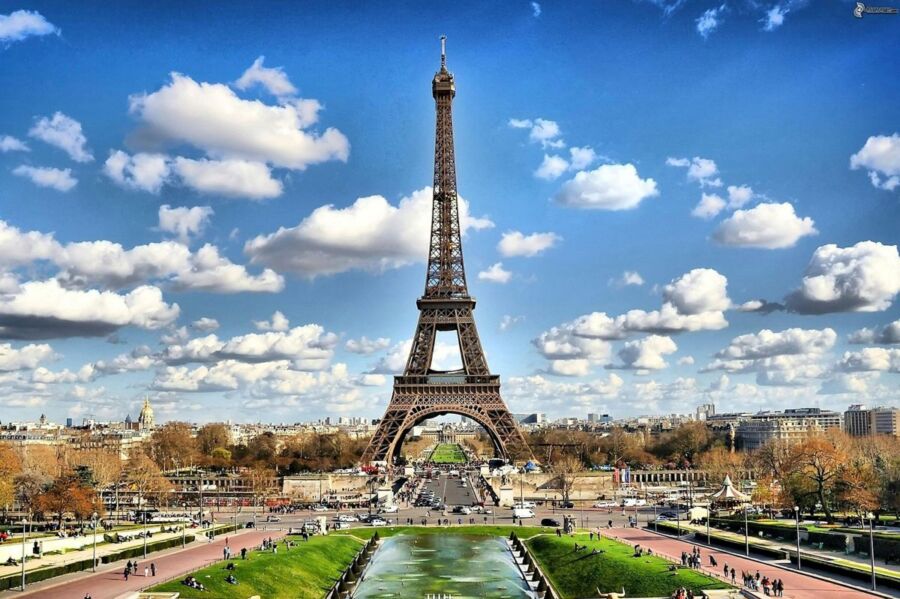
The Eiffel Tower stands as Paris’s most recognizable symbol, drawing millions of visitors each year. Yet the city’s cultural influence extends far beyond its famous landmarks. The Louvre Museum houses priceless artworks, while the Latin Quarter buzzes with intellectual energy.
Paris earned its reputation as a cultural hub during the Renaissance. Artists, writers, and philosophers flocked to its cafes and salons. These gatherings shaped European thought and artistic movements.
The city’s architecture tells stories of different eras. Medieval churches sit next to Art Nouveau metro stations. Grand boulevards, designed by Baron Haussmann, reflect the city’s 19th-century transformation.
Marseille: Blend of History and Multiculturalism
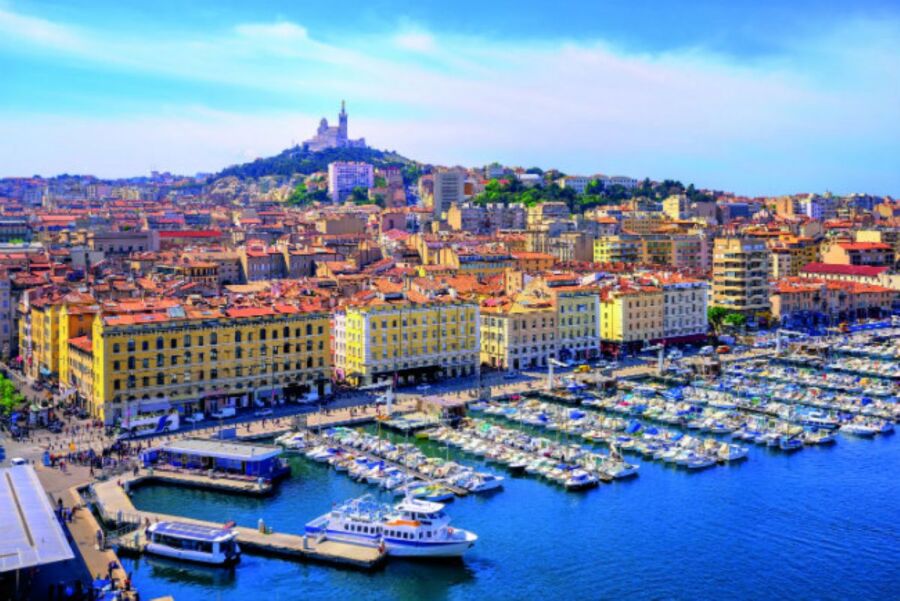
Marseille holds the title of France’s oldest city, founded by Greeks in 600 BC. The ancient port shaped the city’s character as a melting pot of cultures and traditions.
North African, Middle Eastern, and Mediterranean influences mix in Marseille’s neighborhoods. The famous Vieux-Port remains the heart of city life, just as it did centuries ago.
The city gained recognition as the European Capital of Culture in 2013. This celebration highlighted Marseille’s rich heritage and modern creative scene.
Local markets like Noailles showcase the city’s diverse population. Spice shops, ethnic restaurants, and cultural festivals create a unique urban tapestry.
Events and Cultural Celebrations
Both cities host major cultural events that attract global attention. Paris Fashion Week and art fairs maintain the city’s status in creative industries.
Marseille’s Fête du Panier celebrates the city’s oldest district with music, food, and street performances. The Festival de Marseille brings contemporary dance and theater to historic venues.
Street art flourishes in both cities. Paris’s Belleville district and Marseille’s Cours Julien neighborhood display vibrant murals and graffiti art.
Leisure and Entertainment
Paris and Marseille offer distinct entertainment scenes that reflect their unique cultural identities. From high-end shopping to seaside relaxation, each city delivers unforgettable experiences.
Parisian Chic: Fashion and Shopping
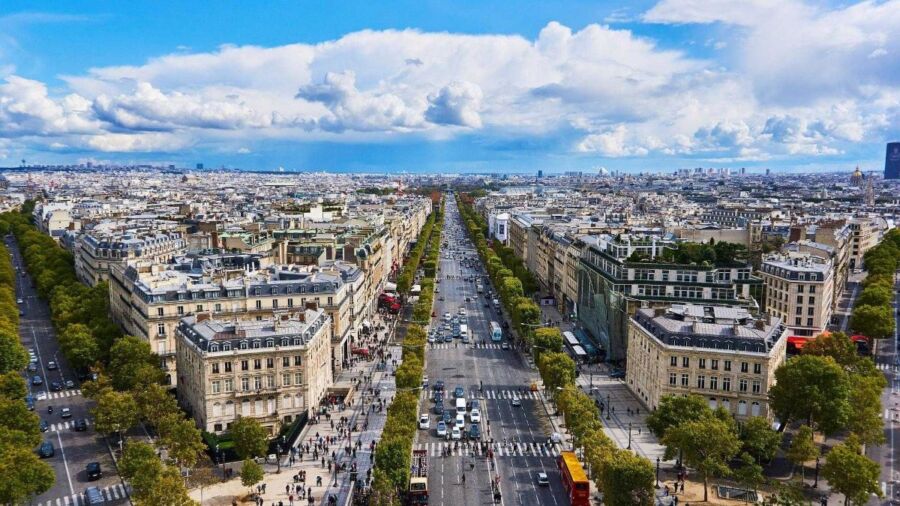
The Champs-Élysées stands as Paris’s premier shopping destination, lined with luxury boutiques and flagship stores. Fashion enthusiasts flock to Le Marais for trendy boutiques and vintage finds.
The Galeries Lafayette and Printemps department stores showcase stunning Art Nouveau architecture while offering designer collections under one roof. Meanwhile, small specialty shops in Saint-Germain-des-Prés sell unique accessories and home goods perfect for special gifts.
Marseille’s Vibrant Lifestyle: Sea and City
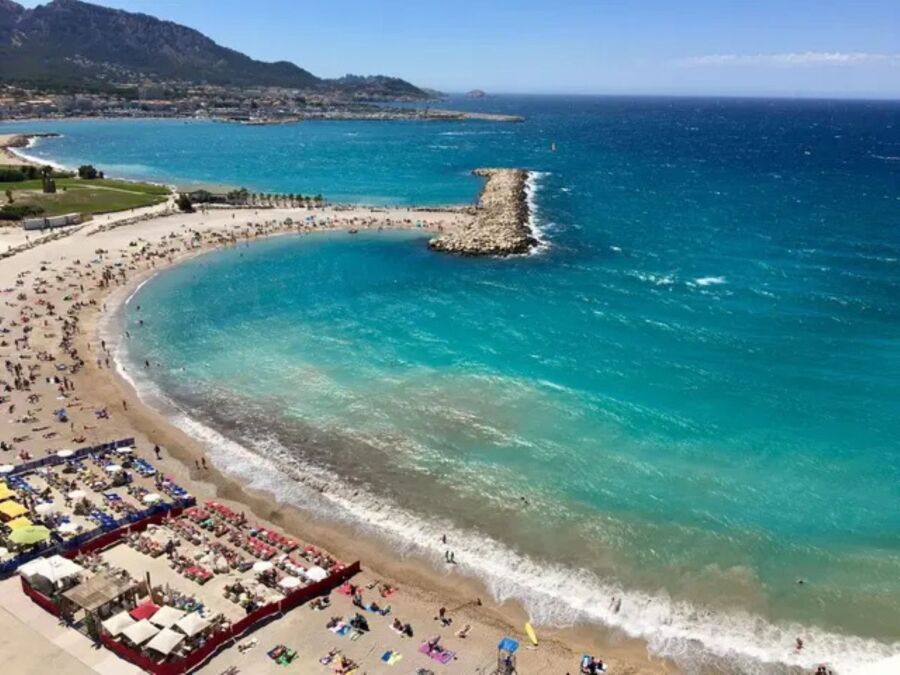
The Old Port buzzes with activity as locals and tourists enjoy fresh seafood at waterfront cafes. Beaches like Prado and Catalans provide perfect spots for swimming and sunbathing.
Calanques National Park offers amazing hiking trails and hidden coves. Visitors can take boat tours to explore the limestone cliffs and crystal-clear waters.
Le Panier neighborhood draws artists and creatives with its narrow streets filled with craft shops and galleries. The area comes alive during summer festivals celebrating Mediterranean culture.
Nightlife and Social Scenes
Paris’s nightlife centers around distinct neighborhoods. The Marais fills with young professionals at wine bars, while Oberkampf attracts a hip crowd to its live music venues.
Marseille’s nightlife has a more laid-back Mediterranean feel. The Cours Julien area features casual bars where locals gather for pastis and live music.
Both cities shine after dark. Paris offers elegant rooftop bars with Eiffel Tower views, while Marseille’s waterfront clubs pump out beats until sunrise.
Street performers and musicians add energy to both cities’ evenings, creating perfect environments for people-watching and socializing.
Culinary Experiences
Both cities offer unique tastes of French cuisine, from elegant Parisian bistros to Mediterranean seafood spots in Marseille’s Old Port. Each destination creates unforgettable dining memories with distinct cooking styles and local specialties.
Dining in Paris: Gourmet and Gastronomy
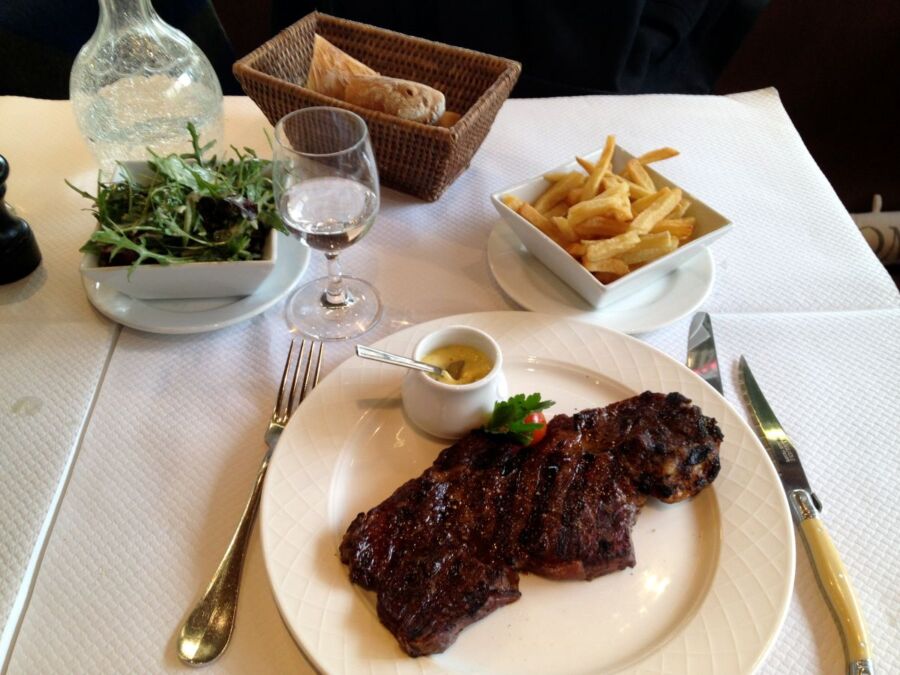
Paris sparkles with high-end dining spots and cozy neighborhood cafes. The city’s food scene mixes classic French cooking with modern twists.
Tiny bistros serve perfect steak-frites and duck confit in intimate settings. Fresh croissants and baguettes fill the morning air from countless local bakeries.
Michelin-starred restaurants showcase innovative French cooking techniques. Chefs transform traditional recipes into artistic presentations while keeping authentic flavors.
Street food markets let visitors sample quick French bites. Crepe stands, cheese shops, and wine bars dot the neighborhoods.
Taste of Marseille: Seafood and Bouillabaisse
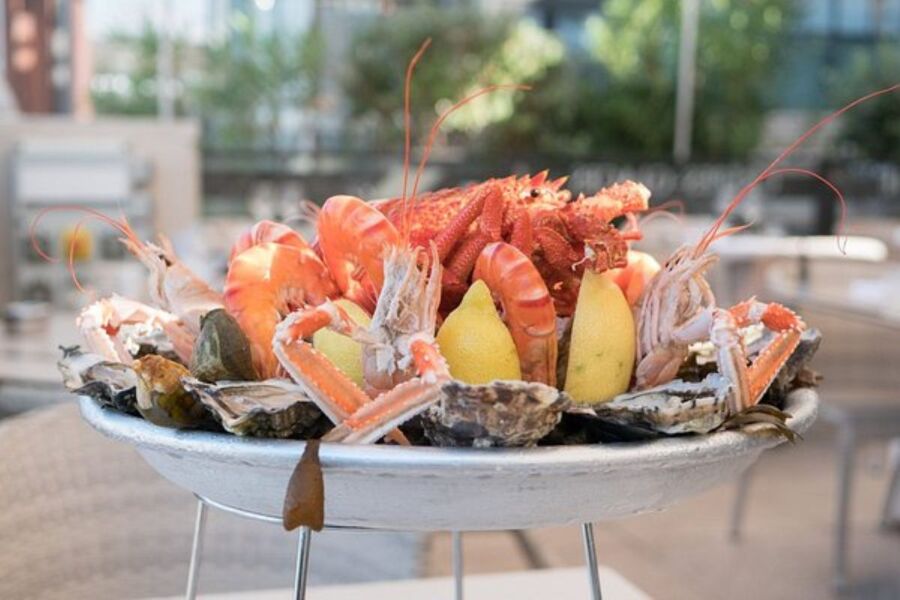
Fresh catches arrive daily at Marseille’s bustling port. Local chefs craft the city’s famous bouillabaisse from that morning’s seafood.
Small family restaurants along the harbor cook Mediterranean-style fish dishes. Grilled sardines, mussels, and sea bass appear on most menus.
The Vieux-Port brims with outdoor cafes serving seafood platters. Diners enjoy views of bobbing fishing boats while tasting local specialties.
Markets and Local Produce
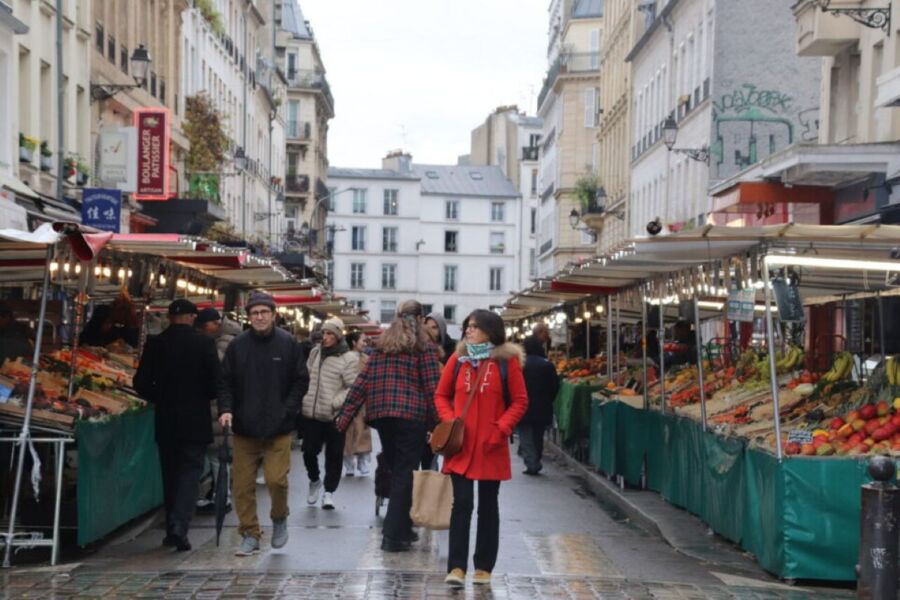
The Marché d’Aligre in Paris displays colorful produce year-round. Vendors stack fresh vegetables, cheeses, and meats in neat rows.
Marseille’s Marché des Capucins buzzes with activity each morning. Fishmongers sell their catches while farmers offer sun-ripened tomatoes and herbs.
Open-air markets in both cities connect shoppers with regional ingredients. Local cooks share tips about selecting the best seasonal items.
Food artisans sell handmade products at these markets. Visitors find unique jams, olive oils, and spice blends to take home.
Sports and Fan Culture
The fierce sporting rivalry between Paris and Marseille centers on football, with passionate supporters filling stadiums and creating electric atmospheres during matches. The two cities represent different social classes and regional identities that clash on the pitch.
Football in Paris: The Glory of Paris Saint-Germain

PSG has transformed into a global powerhouse since Qatar Sports Investments took over in 2011. The club attracts superstar players like Kylian Mbappé and previously Lionel Messi, who helped establish PSG as France’s most successful team of the past decade.
The Parc des Princes stadium rocks with chants and drums on match days. The Ultras fan groups create stunning displays with flags, banners, and coordinated cheers that echo through the stands.
PSG dominates Ligue 1 with their wealth and talent. The club has won multiple league titles while pursuing their dream of Champions League glory.
Marseille’s Passion for Olympique de Marseille
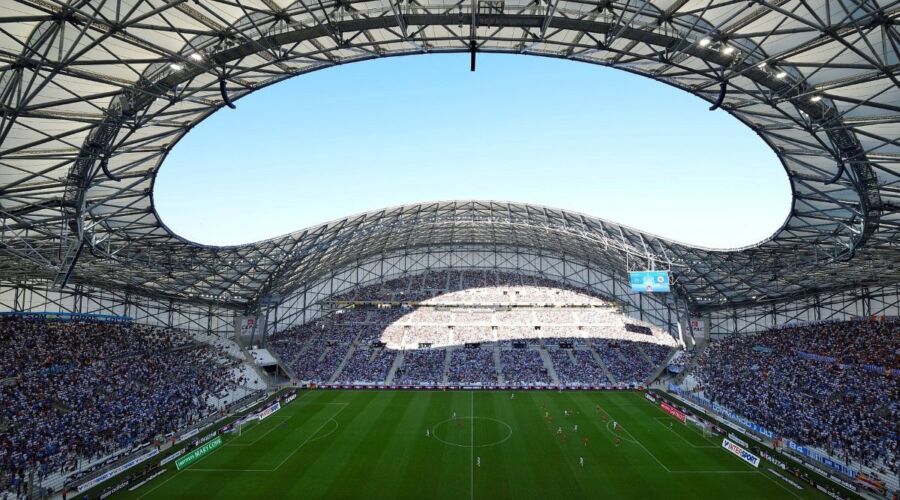
Olympique de Marseille (OM) represents working-class pride and Mediterranean spirit. The Stade Vélodrome fills with 67,000 devoted fans who create one of Europe’s most intimidating atmospheres.
OM remains the only French club to win the Champions League, claiming the trophy in 1993. This achievement still fuels intense pride among supporters.
The city lives and breathes football. On match days, the streets near the stadium buzz with fans in blue and white jerseys singing club anthems.
Derby Matches and Rivalries
When PSG meets OM in “Le Classique,” it’s more than just a game. These matches showcase the north-south divide in French culture and society.
The rivalry intensified after PSG’s takeover changed the power balance. Each match brings intense security measures due to the passionate nature of both fan bases.
Players feel extra pressure in these fixtures. The games often feature dramatic moments, from last-minute winners to heated confrontations between players.
Natural Landscapes and Outdoor Activities
Each city offers distinct outdoor experiences that shape their unique character. Paris showcases elegant gardens and parks, while Marseille dazzles with its Mediterranean coastline and rugged landscapes.
The Green Spaces of Paris
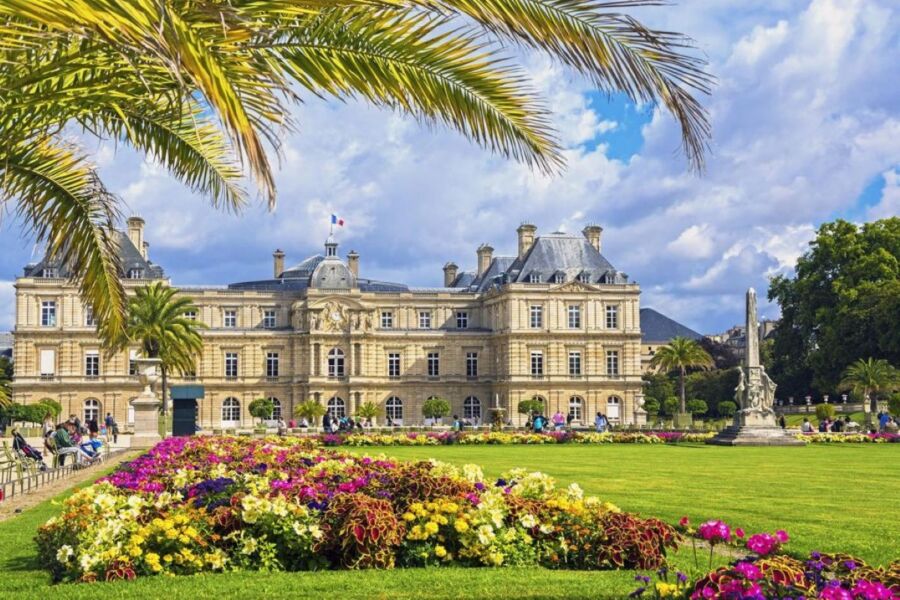
The Luxembourg Gardens stand as a peaceful oasis in Paris’s heart, spanning 57 acres of manicured lawns and tree-lined paths. Visitors can rent toy sailboats to float on the central pond or relax in the iconic green metal chairs.
The Bois de Boulogne, twice the size of Central Park, provides a natural escape on Paris’s western edge. Its lakes, forests, and hidden gardens make perfect spots for picnics and afternoon walks.
The Tuileries Garden connects the Louvre to Place de la Concorde, offering seasonal flower displays and scenic Seine views. Kids love the trampolines and vintage carousel, while adults appreciate the outdoor sculptures and cafes.
Marseille: Between Sea and Calanques
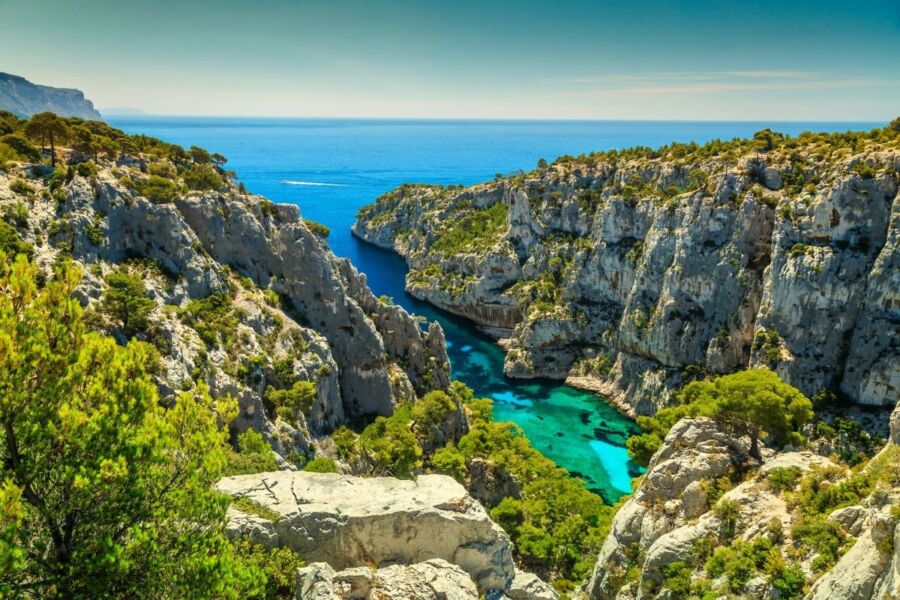
The Calanques National Park stretches along 20 kilometers of coastline between Marseille and Cassis. These limestone cliffs create hidden coves with crystal-clear turquoise waters perfect for swimming and snorkeling.
Marseille’s beaches range from sandy Prado to rocky Pointe Rouge. The Corniche Kennedy promenade offers stunning Mediterranean views and access to small swimming spots called plages des Catalans.
Visitors can take boat trips from the Old Port to explore secluded calanques or hike marked trails for breathtaking coastal views. The most popular calanques include Sugiton, Morgiou, and Sormiou.
Adventures in Urban Nature
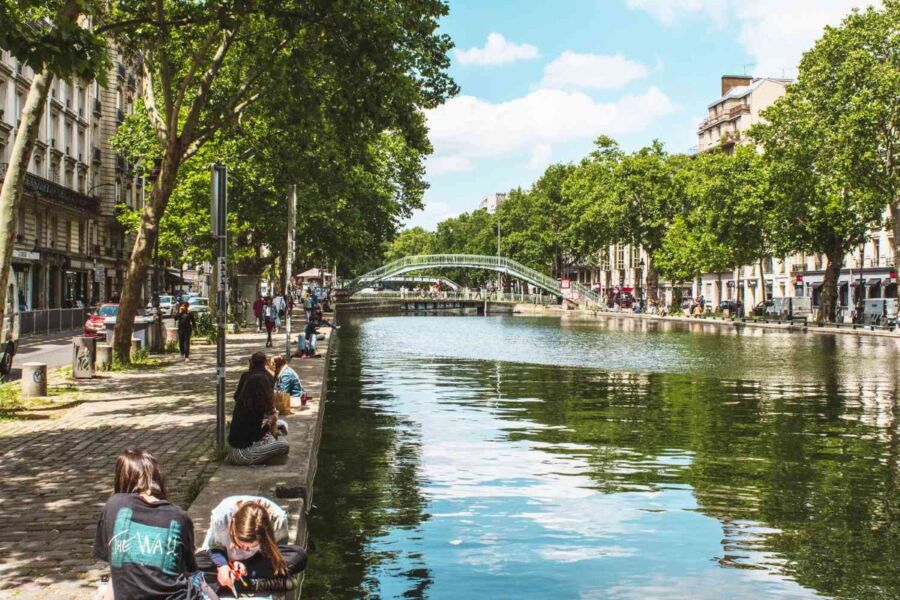
Paris’s Canal Saint-Martin neighborhood invites visitors to join locals for waterside picnics and pétanque games. The elevated Promenade Plantée offers a unique 3-mile green walk above city streets.
Marseille’s Parc Borély combines French formal gardens with a botanical garden and lake. Its proximity to Prado Beach makes it ideal for combining park visits with beach time.
Rock climbing enthusiasts flock to Marseille’s limestone cliffs, while kayakers explore the coastline’s hidden caves and inlets. Urban hiking trails connect the city’s major parks and natural areas.
Frequently Asked Questions
The intense rivalry between Paris and Marseille extends far beyond football into culture, cuisine, and daily life. These two major French cities showcase distinct personalities through their unique attractions, local customs, and sporting traditions.
What are the unique cultural differences between Paris and Marseille?
Paris embodies elegant sophistication with its grand boulevards and formal social customs. The city moves at a fast pace, with locals often rushing between metro stations and cafes.
Marseille has a more relaxed Mediterranean vibe. The locals speak with a distinct accent and take pride in their port city heritage. Street life is vibrant, with people gathering at markets and plazas throughout the day.
How do the footballing styles of Paris Saint-Germain and Olympique de Marseille differ?
PSG plays a possession-based game focused on technical skill and attacking flair. Their style reflects big-money signings and international stars.
Marseille’s style is more physical and direct. The team feeds off the passionate home crowd at the Velodrome stadium, known for its intense atmosphere.
What historical events have fueled the rivalry between PSG and Marseille?
The rivalry ignited in the 1990s when both clubs emerged as powers in French football. Key matches often ended in controversy and heated confrontations.
The north-south divide in French culture adds extra tension. Marseille’s working-class identity contrasts with PSG’s wealthy image.
Can you highlight the differences in culinary experiences between Paris and Marseille?
Paris specializes in classic French cuisine, with elegant restaurants and traditional bistros serving dishes like coq au vin and steak frites.
Marseille’s food scene centers on Mediterranean flavors. Fresh seafood, bouillabaisse, and North African influences dominate local menus.
In terms of tourism, how do Paris and Marseille’s attractions and ambiance compare?
Paris draws visitors to iconic landmarks like the Eiffel Tower and Louvre Museum. The city focuses on art, fashion, and architectural beauty.
Marseille offers beaches, coastal walks, and historic ports. The Vieux-Port and Notre-Dame de la Garde basilica showcase the city’s maritime heritage.
What are the implications of Paris vs. Marseille matches for the standings in Ligue 1?
These matches often impact the championship race. PSG leads the league with a five-point gap over second-place Marseille.
Each match between these rivals can shift momentum in the title chase. The games attract massive TV audiences across France.
